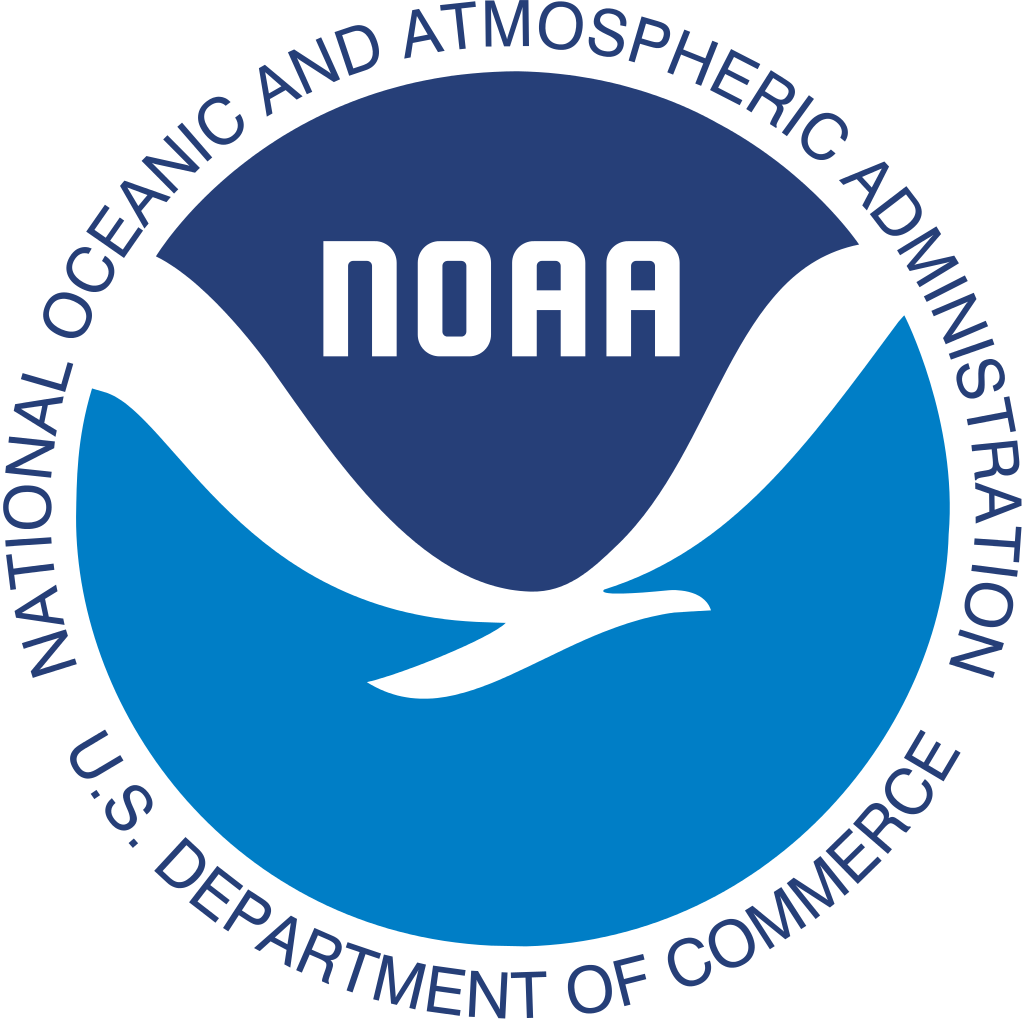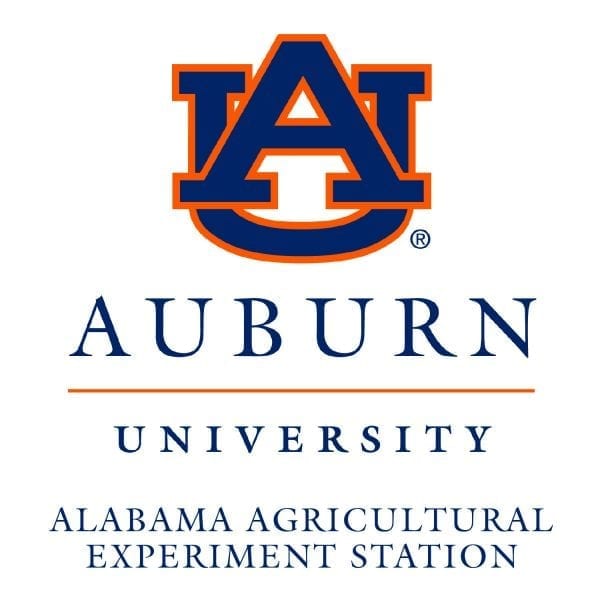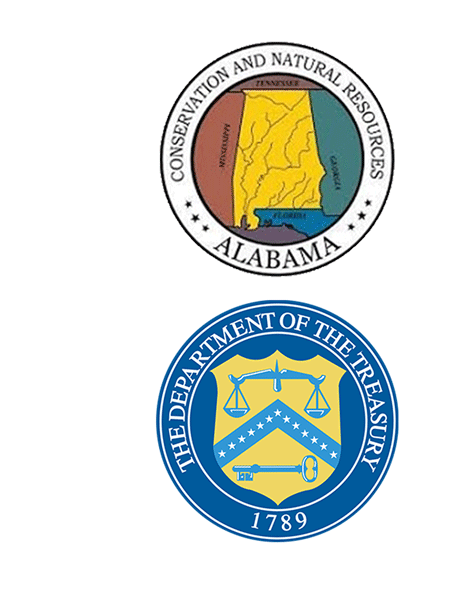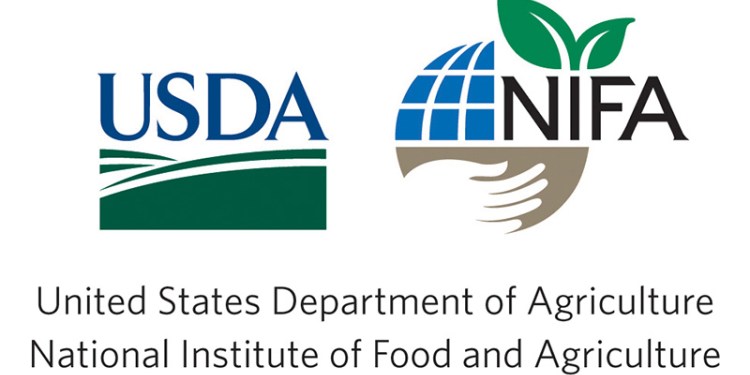
Climate change poses a significant challenge to our society. Climate influences natural and human systems through modulating land water and energy fluxes and states (e.g., precipitation, temperature, solar radiation, humidity, evapotranspiration, and soil moisture) and extreme events (e.g., drought, heatwave, and extreme precipitation), or shaping ecological stressors and management practices. They are driven by large-scale climate oscillations and anthropogenic global warming. Climate change adaptation and mitigation require a process-based understanding of hydroclimate systems, causations and predictability of extreme events, reliable and accurate climate impact information at relevant spatial and temporal scales, and science-informed climate adaptation and resiliency actions. Our research aims to improve our understanding, observation, and prediction of hydroclimate processes, extreme events, and their impact risks. It requires a fundamental understanding of the complex processes in hydroclimate systems, improving their modeling and predictions at relevant scales and lead times, and quantifying their roles in natural and managed systems. To achieve this goal, we use data science, machine learning, process-based simulations, high-performance computing, and earth data from emerging sources such as numerical simulations, satellites, sensors, and ground observations in our methodology. Below is a brief summary of our current research projects.
Current Projects

Developing long-term high-resolution precipitation dataset using deep learning with multi-source Earth system data (PI; NOAA Climate Program Office)
Since accurate, high- resolution gridded precipitation datasets covering long periods of time are fundamentally important for climate monitoring and forecasting,
many precipitation products have been developed over past decades. These gridded precipitation datasets include remote sensing-based estimates (satellites or radars),
gauge-based analysis, and reanalysis datasets. However, they have shown great discrepancies with different strengths and weaknesses. The overarching goal of the intended project is to
develop an improved long-term high-resolution precipitation dataset over the contiguous United States (CONUS) using deep learning with radar observations, gauge-based precipitation
analysis data, climate reanalysis data, and satellite-based cloud data.

Estimation of evapotranspiration based on multi-source data fusion and deep learning (PI; AAES through USDA-NIFA Hatch project)
Using deep learning (DL) with synergies among different satellite sensors now makes it plausible to derive significantly improved spatiotemporal continuous ET estimates
with higher accuracy and resolutions. This seed project aims to improve ET estimations using DL with HLS optical reflectance data, ECOSTRESS land surface temperature data,
eddy covariance observations, and reanalysis data. The proposed work will develop and evaluating new approaches for improving ET estimations. The specific objectives of this proposal include:
Develop and evaluate daily ET estimates using higher-resolution surface reflectance and meteorological data and eddy covariance observational network; and Construct a hybrid approach based on
multi-source data fusion and deep learning to generate improved spatiotemporal continuous daily ET estimates.

CAS-Climate: CAREER: Analytical Methods for Understanding and Predicting Agricultural Flash droughts (PI; NSF CAREER)
Flash drought is a recently recognized extreme hydro-climate event characterized by its sudden onset, rapid intensification, and devastating impact on society.
It is challenging to understand and predict because of its fast onset and development and complex land-ocean-atmosphere factors that contribute to or affect their onset and development.
This project includes a series of interlinked activities to better understand causes and predictability of flash droughts, improve their forecasts and projections, objectively assess their climate change impacts, as well as promote education and outreach on these topics.
The specific research will disentangle underlying drivers of agricultural flash droughts using machine learning-based causal inference analysis, develop and evaluate agricultural flash drought forecasts at the sub-seasonal timescale using deep learning approaches, and assess changes in agricultural flash drought under contemporary and future climate based on coupled general circulation models large ensembles.
These research objectives will be integrated with innovative education plans.
Link to the public abstract.

Using shelf monitoring to assess multi-stressor impacts on dissolved oxygen dynamics and hypoxia in a changing coastal climate (Co-PI; ALCOE)
Shelf hypoxia is a well-recognized management issue for a growing number of coastal regions that can alter food web dynamics and biogeochemical cycling, resulting in threats to fisheries, coastal economies, and ecosystem health. Understanding the local patterns and trends of physical hypoxia stressors (e.g., water temperature, stratification, wind conditions) represent an important component of the climate system that requires high resolution that is not often accurately represented in large-scale regional assessments of environmental conditions. To address this issue, this project will identify relationships between extreme events, physical stressors and hypoxia and determine the behavior of physical hypoxia stressors and their interactions under future climate scenarios

Addressing resiliency to climate related hazards and disasters through data informed decision making (Co-PI ; NSF Research Traineeship Program)
Climate-related natural hazards and disaster losses, coupled with the increasing frequency of billion-dollar events
(such as hurricanes, severe storms, inland flooding, crop freezes, droughts and wildfires) are escalating in the United States.
This project is aimed at training the next generation of scientists and leaders who can help build resilient communities that are prepared for,
can effectively respond to climate risks. The NSF research trainees will learn quantitative and qualitative, analytical,
and collaborative skills needed to lead the next generation of scientists and engineers that are able to recognize the data driven decision making
needs of stakeholders, as well as to effectively communicate scientific information to stakeholder and public audiences.
More information:
http://www.auburn.edu/cosam/climate_resilience/

Building Resilience for Oysters, Blue Crabs, and Spotted Seatrout to Environmental Trends and Variability in the Gulf of Mexico (Co-PI; NOAA-RESTORE)
The abundance of oyster, blue crab, and spotted seatrout (OyBcSt) is rapidly declining in the Gulf of Mexico. The overarching research question of this project is: How can we build resilience for oysters, blue crab, and spotted seatrout populations to trends and variability in predominant biophysical stressors? Four major research questions will be addressed through this project: 1) How does OyBcSt resilience change as a function of ecosystem state? 2) What are the environmental thresholds that affect OyBcSt resilience? 3) What are the feedbacks between OyBcSt ecosystem services, economic systems, management actions, and environmental stressors? 4) If environmental trends are projected to the future, what will be the impact to OyBcSt populations and the implications for resource management? More information: https://restoreactscienceprogram.noaa.gov/projects/oysters-blue-crabs-seatrout
Past Projects

Application of Machine Learning to High-Resolution Earth System Model Data (Science PI; NASA EPSCoR)
The NASA Global Modeling and Assimilation Office (GMAO) uses Goddard Earth Observing System (GEOS), a Global Climate Model (GCM), to produce high resolution atmospheric data, such as weather forecast, subseasonal to seasonal forecasts, and climate reanalysis. high quality GEOS-based precipitation estimates are fundamental to improving land surface estimates and for forecasting initial conditions from GMAO models. The over-arching goal of the project is to develop and evaluate a super resolution deep learning architecture to be used by the GMAO for downscaling and bias correcting GEOS-based precipitation estimates. The algorithm will be trained using the 50-km MERRA-2 hourly data and 4-km Stage IV radar hourly precipitation observations. The trained algorithm can be implemented operationally for generating high-resolution, accurate, and real time GOES-based high-quality precipitation estimates and forecasts globally.

FACT: A Data-Driven Framework of Climate-Smart Analytics for Irrigation Management (PI; USDA-NIFA AFRI)
This project is sponsored by the Food and Agriculture Cyberinformatic Tools program. In this project, we will develop a novel framework of climate smart analytics (CSA) for sustainable water management. This framework is driven by state-of-art numerical weather predictions, satellite earth observations, crop simulation models, digital soil database, and artificial intelligence techniques with enhanced efficiency and free and robust complement to expensive ground-based sensors.

Exploring plant-microbiome-environment interactions towards tailoring plant disease management (Co-PI; FFAR)
In this project, we will develop a mechanistic understanding of the biological response of a pathogen to a dynamic environment associated with the host. We will identify risk factors (e.g. climate, management, etc.) that are associated with disease outbreaks to increase pathogen adaptive potential through analytics modeling.

A Weather-informed Target Spot Disease Prediction Using Data-driven Approaches (PI; AAES through USDA-NIFA Hatch)
The purpose of this project is to develop a predictive tool for crop disease management by integrating weather forecasts, canopy hydrology, plant pathology, and data analytics into a framework to support farmer decision-making. The proposed project will be developed around the following specific objectives:
(1) Predict leaf wetness using machine learning with climate reanalysis data; and
(2) Improve crop disease predictions using weather and canopy hydrology information.
See news:
Agricultural research grants address cost, efficiency

Enhancing Subseasonal to Seasonal Lake Inflow Forecasts (PI; USGS-AWRRI)
The overall goal of this project is to develop a hybrid approach for improving lake inflow forecasting by combining multi-source information with multiple machine learning approaches. Specific objectives of this proposed research are to:
(1) Evaluate multiple machine learning approaches for inflow forecasts, including random forest, gradient boosting machine, extreme learning machine, M5-cubist, elastic net, and long short term memory
(2) Compare the performance of the forecasts based on antecedent information and forecasts driven by dynamic climate forecasts

A prototype framework of climate services for decision making (PI; AU VPR Office)
Climate information system, which serves as a
means for climate services, provides data and services not only
for understanding, attributing, and predicting climate impacts,
but also for informing mitigation and adaptation to climate
variability and changes. Specific long-term objectives
include:
(1) Consolidate and explore emerging climate and remote sensing datasets
relevant for decision making;
(2) Improve and integrate impact models for land surface hydrology, water quality, crop growth, and disease transmission simulations;
(3) Develop a pilot interactive platform with the input from scientists and
stakeholders to disseminate data and information.
This project is one of the 11 projects funded by Presidential Awards for Interdisciplinary Research. Please see this news.

Effect of Environment on Cotton Cultivar Development (PI; Cotton Inc.)
We will evaluate the effectiveness of growing degree days (base F60) to predict cotton growth stages of three varieties of differing maturity, relative to alternative meteorological measurements, to increase the utility of environmentally-dependent recommendations. We will develop improved cotton phenological model by refining the current DD60 model based on daily and hourly data from land data assimilation system. The model will be evaluated using field collected data at 12 stations over the U.S. cotton belt.

Enhancing precipitation and reference evapotranspiration forecasts based on multi-model weather and climate forecasts (PI; AAES through USDA-NIFA Hatch)
The overall goal of this project is to develop
reference evapotranspiration (ETo) and precipitation forecasts
through statistical post-processing multi-model weather and
climate forecasts. Specific objectives of this proposed research
are to:
(1) Produce deterministic and probabilistic precipitation and ETo forecasts from both single and multi-model combinations of NWP forecasts; and
(2) Evaluate probabilistic approaches for multi-model
daily and weekly precipitation and ETo forecasts.

Understanding Agroclimate Forecasting for Decision Making (PI; AU VPR Office)
The overarching goal of this project is to advance agroclimate forecasting using weather and climate information and crop simulation models.
The specific objectives of this study are to:
(1) Characterize the relative impact of climate variability in affecting crop yields,
(2) Assess dynamic-model-based agro-meteorological forecasts, and
(3) Establish crop yield forecasts based on satellite and climate
information.